Home>Gardening & Outdoor>Landscaping Ideas>How To Completely Kill Grass And Weeds
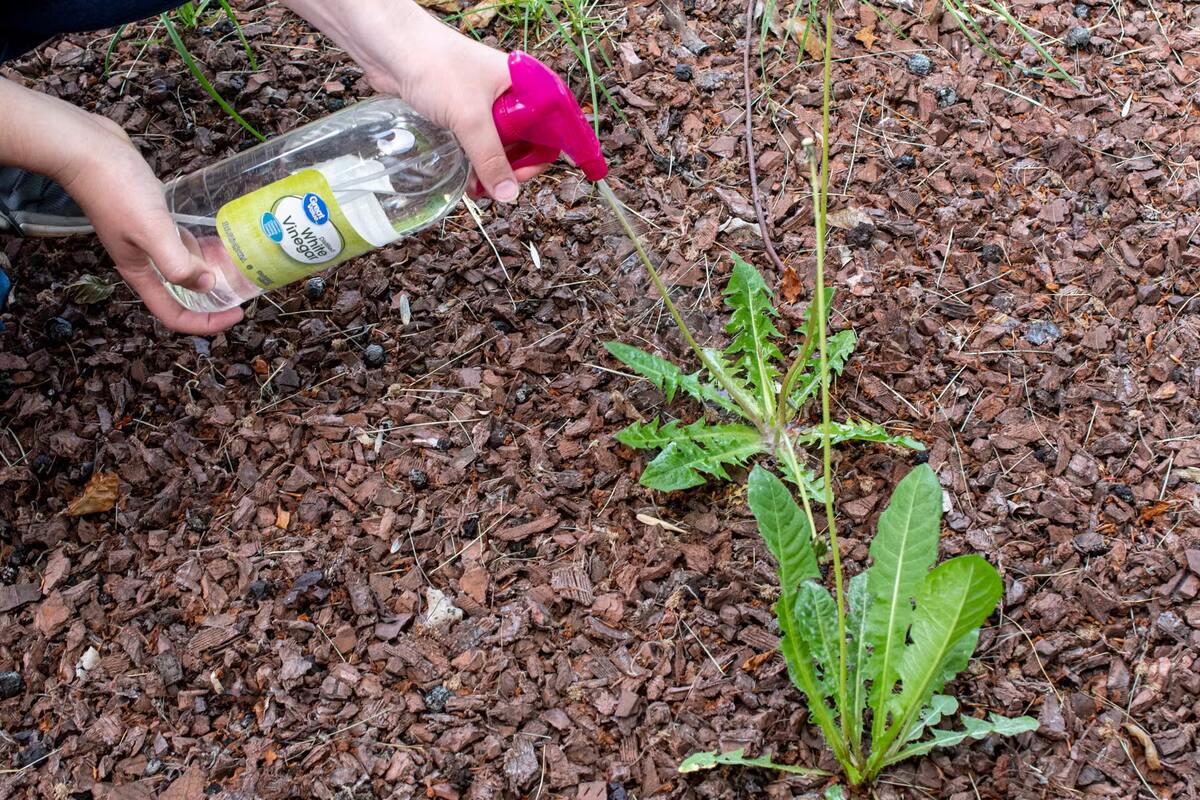

Landscaping Ideas
How To Completely Kill Grass And Weeds
Published: January 30, 2024
Looking for effective landscaping ideas? Learn how to completely kill grass and weeds with our expert tips and techniques. Transform your outdoor space today!
(Many of the links in this article redirect to a specific reviewed product. Your purchase of these products through affiliate links helps to generate commission for Storables.com, at no extra cost. Learn more)
Introduction: Understanding the Importance of Killing Grass and Weeds
When it comes to maintaining a beautiful and thriving landscape, the battle against grass and weeds can be a formidable challenge. These resilient and invasive plants have a knack for infiltrating lawns, gardens, and other landscaped areas, often outcompeting desired plants for essential resources such as water, sunlight, and nutrients. As a result, controlling and eliminating grass and weeds is a crucial aspect of landscaping and gardening maintenance.
Left unchecked, these unwanted plants can quickly overtake a carefully cultivated garden or lawn, turning what was once a lush and vibrant landscape into a tangled mess of overgrowth. This not only detracts from the visual appeal of the outdoor space but also hinders the growth and well-being of desired plants, ultimately jeopardizing the overall health and vitality of the landscape.
Moreover, grass and weeds can be particularly problematic in hardscaped areas such as driveways, walkways, and patios, where their presence not only detracts from the aesthetic appeal but can also cause structural issues over time. For these reasons, it is essential to have effective strategies for eradicating grass and weeds in various parts of the landscape.
By understanding the importance of controlling these unwanted plants, homeowners and gardeners can take proactive steps to maintain the health, beauty, and functionality of their outdoor spaces. In the following sections, we will explore a range of methods for effectively killing grass and weeds, offering insights into both traditional and eco-friendly approaches to weed control. Whether through chemical herbicides, organic solutions, or manual techniques, there are numerous strategies available to help reclaim and preserve the integrity of your landscape.
Key Takeaways:
- Say goodbye to unwanted grass and weeds by using methods like chemical herbicides, organic alternatives, manual removal, mulching, solarization, and boiling water. Each method has unique benefits and considerations for effective weed control.
- Timing, weather conditions, and safety precautions are crucial for successful grass and weed eradication. By being proactive and mindful of these factors, homeowners and gardeners can maintain a healthy and vibrant landscape.
Read more: How To Kill Weeds In The Grass
Methods for Killing Grass and Weeds
When it comes to eliminating grass and weeds from your landscape, there are several effective methods to consider. Each approach offers unique advantages and considerations, allowing homeowners and gardeners to choose the best strategy based on their specific needs and preferences. Here are some of the most common methods for killing grass and weeds:
- Chemical Herbicides: Chemical herbicides are a popular and effective option for controlling grass and weeds. These products contain powerful active ingredients designed to target and eradicate unwanted vegetation. Selective herbicides target specific types of plants, while non-selective herbicides are designed to kill a broad spectrum of vegetation. It is important to carefully follow the application instructions and safety precautions provided by the manufacturer when using chemical herbicides.
- Organic Herbicides: For those seeking environmentally friendly alternatives, organic herbicides offer a natural approach to weed control. These products typically contain plant-derived ingredients such as citric acid, clove oil, or vinegar, which can effectively kill weeds without leaving behind harmful residues. While organic herbicides may require more frequent applications than their chemical counterparts, they are a safer option for the environment and can be an excellent choice for eco-conscious gardeners.
- Manual Removal: Manual removal involves physically uprooting grass and weeds from the soil. This method is labor-intensive but can be highly effective, especially for smaller infestations or areas where using herbicides may not be practical or desirable. Tools such as hand weeders, hoes, and trowels can be used to carefully extract weeds from the root, minimizing the chances of regrowth.
- Mulching: Mulching not only helps to retain soil moisture and regulate temperature but can also serve as a natural weed control method. By applying a layer of organic mulch such as wood chips, straw, or shredded leaves around plants and in garden beds, you can suppress weed growth by blocking sunlight and hindering weed seed germination. Additionally, as the mulch breaks down, it enriches the soil, promoting the health of desired plants.
- Solarization: Solarization harnesses the power of the sun to eliminate grass and weeds. This method involves covering the affected area with a clear plastic tarp, which traps solar heat and raises the soil temperature to levels that are lethal to weed seeds and plant tissues. Solarization is particularly effective in warm, sunny climates and can be a valuable tool for preparing garden beds or controlling weeds in open areas.
- Boiling Water: Boiling water is a simple yet effective way to kill grass and weeds in areas where you want to avoid using chemicals. By carefully pouring boiling water over the unwanted vegetation, you can scald and destroy the plant tissues, effectively halting their growth. This method is best suited for targeting individual weeds or grass patches in areas where you need precise control.
Each of these methods offers a unique approach to grass and weed control, providing homeowners and gardeners with a diverse toolkit for maintaining a healthy and vibrant landscape. By understanding the benefits and considerations of each method, you can make informed decisions about the most suitable approach for your specific weed control needs.
To completely kill grass and weeds, use a non-selective herbicide containing glyphosate. Apply on a dry, calm day and avoid spraying on desired plants. Follow label instructions carefully.
Tips for Success
Effectively eliminating grass and weeds from your landscape requires careful planning and execution. By considering key factors such as timing, weather conditions, and safety precautions, you can maximize the success of your weed control efforts and safeguard the health of your desired plants. Here are some essential tips to ensure success in your grass and weed eradication endeavors:
- Timing: Choosing the right time to address grass and weed infestations can significantly impact the effectiveness of your control methods. For annual weeds, it is best to intervene early in the growing season before they have a chance to produce seeds and spread further. Perennial weeds may require multiple interventions throughout the year to exhaust their energy reserves and weaken their growth. By staying proactive and addressing weed growth promptly, you can prevent the situation from escalating and minimize the effort required for control.
- Weather Conditions: Weather plays a crucial role in the success of weed control efforts. Applying herbicides during calm, dry weather conditions can help ensure that the products adhere to the target plants and are not washed away by rain or irrigation. Additionally, solarization is most effective during hot, sunny periods when the soil temperature can reach levels that are lethal to weed seeds and roots. By leveraging favorable weather conditions, you can enhance the efficacy of your chosen weed control methods.
- Safety Precautions: When using herbicides or engaging in manual weed removal, it is essential to prioritize safety for both yourself and the surrounding environment. Always carefully read and follow the instructions provided by the product manufacturer when using chemical herbicides, including wearing appropriate protective gear and applying the products according to recommended guidelines. When manually removing weeds, be mindful of any potential hazards such as thorns, poison ivy, or sharp tools, and take necessary precautions to avoid injury.
By paying attention to these critical considerations, you can increase the likelihood of achieving successful outcomes in your grass and weed control efforts. Whether you opt for chemical or organic methods, manual removal, or natural weed suppression techniques, strategic planning and adherence to safety guidelines are essential for maintaining a healthy and thriving landscape.
Conclusion: Final Thoughts on Effectively Killing Grass and Weeds
As we conclude our exploration of methods for killing grass and weeds, it becomes evident that maintaining a weed-free landscape requires a multifaceted approach that considers the unique characteristics of the unwanted vegetation and the surrounding environment. Whether utilizing chemical herbicides, organic alternatives, manual removal, or natural suppression methods, each approach offers distinct benefits and considerations, empowering homeowners and gardeners to make informed decisions based on their specific needs and preferences.
While chemical herbicides provide potent and targeted control of grass and weeds, organic herbicides offer a safer and environmentally friendly option for those seeking sustainable weed management solutions. Manual removal, although labor-intensive, allows for precise and selective weed control, while mulching and solarization harness the power of nature to suppress weed growth and promote soil health. The use of boiling water presents a simple yet effective method for targeted weed eradication in areas where chemical applications are impractical.
Furthermore, the success of grass and weed control efforts hinges on strategic timing, favorable weather conditions, and strict adherence to safety precautions. By addressing weed infestations early, leveraging optimal weather conditions, and prioritizing safety during control activities, homeowners and gardeners can maximize the efficacy of their chosen weed control methods and safeguard the well-being of their desired plants and the surrounding environment.
Ultimately, the battle against grass and weeds is an ongoing endeavor that requires vigilance and proactive management. By adopting a comprehensive approach to weed control and integrating a combination of methods tailored to the unique characteristics of the landscape, individuals can reclaim and maintain the health, beauty, and functionality of their outdoor spaces. Whether striving for a pristine lawn, flourishing garden beds, or well-maintained hardscaped areas, the effective killing of grass and weeds is a foundational step in nurturing a vibrant and thriving landscape.
As we continue to explore innovative and sustainable approaches to landscaping and gardening, it is essential to embrace the diverse array of methods available for managing unwanted vegetation. By staying informed, adaptable, and committed to responsible weed control practices, homeowners and gardeners can cultivate landscapes that are not only visually stunning but also harmonious, resilient, and conducive to the flourishing of desired plants and the enjoyment of outdoor living spaces.
Frequently Asked Questions about How To Completely Kill Grass And Weeds
Was this page helpful?
At Storables.com, we guarantee accurate and reliable information. Our content, validated by Expert Board Contributors, is crafted following stringent Editorial Policies. We're committed to providing you with well-researched, expert-backed insights for all your informational needs.
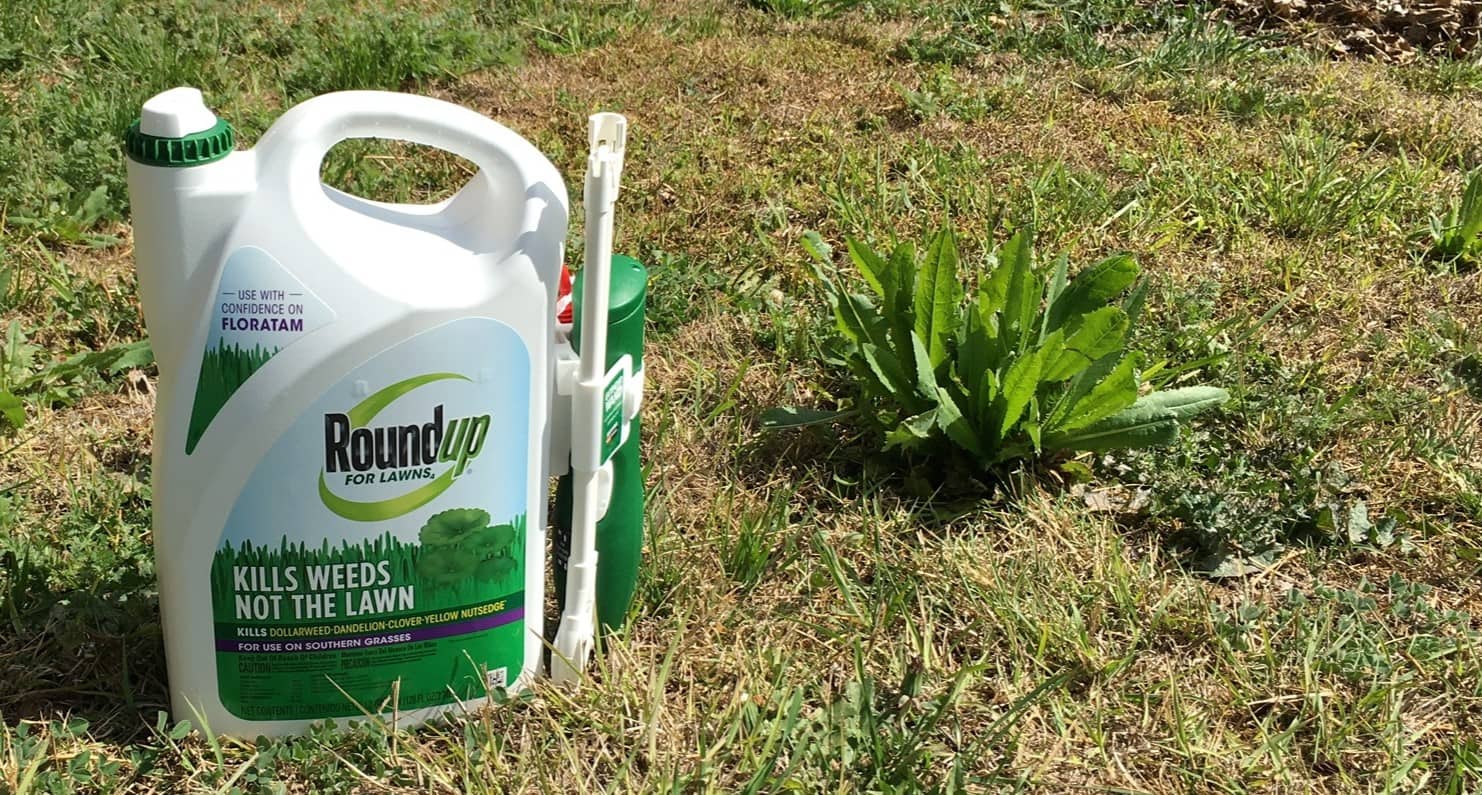
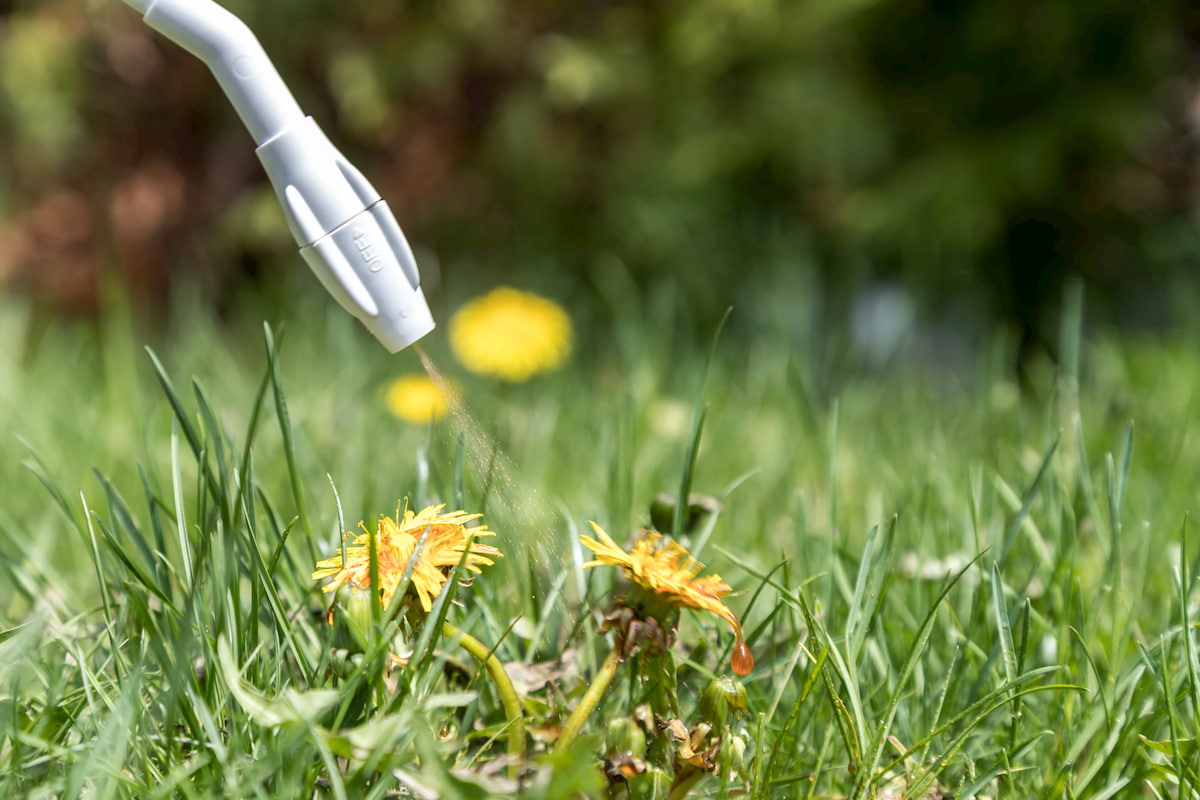
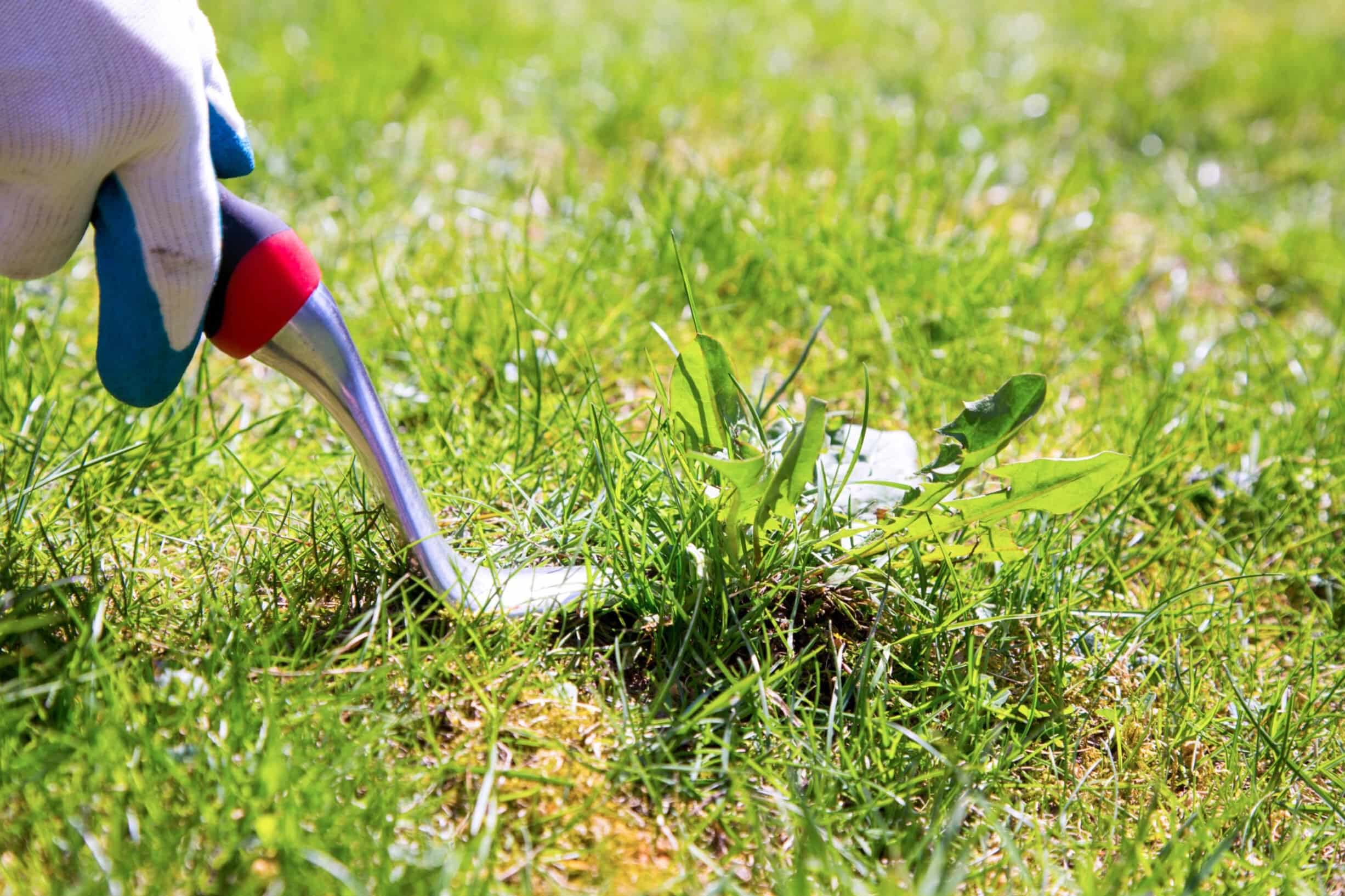
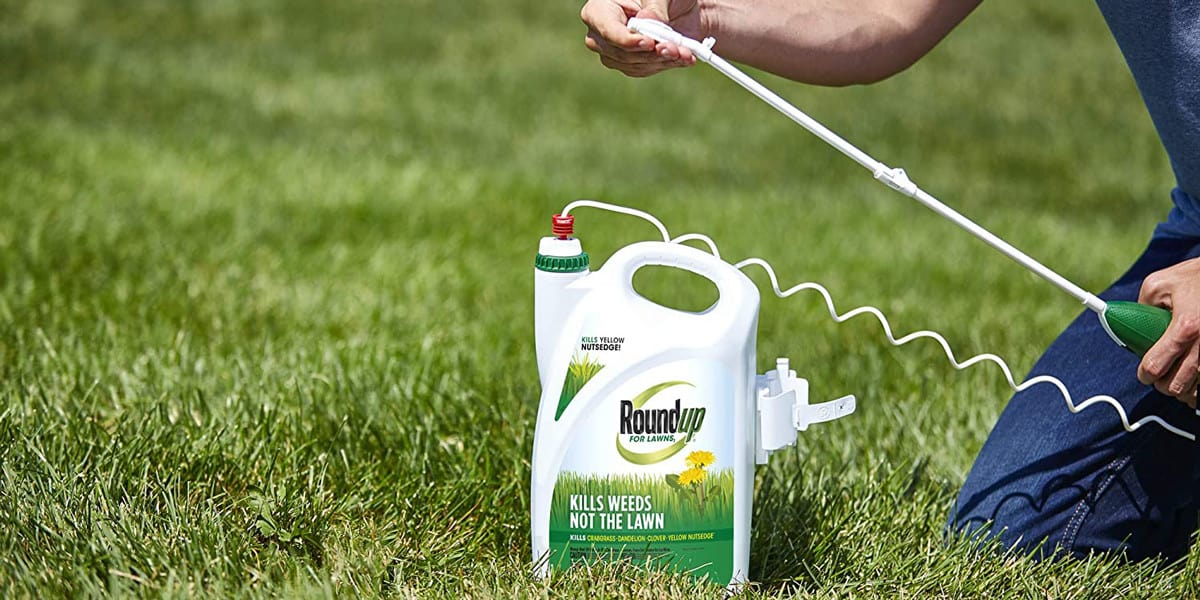
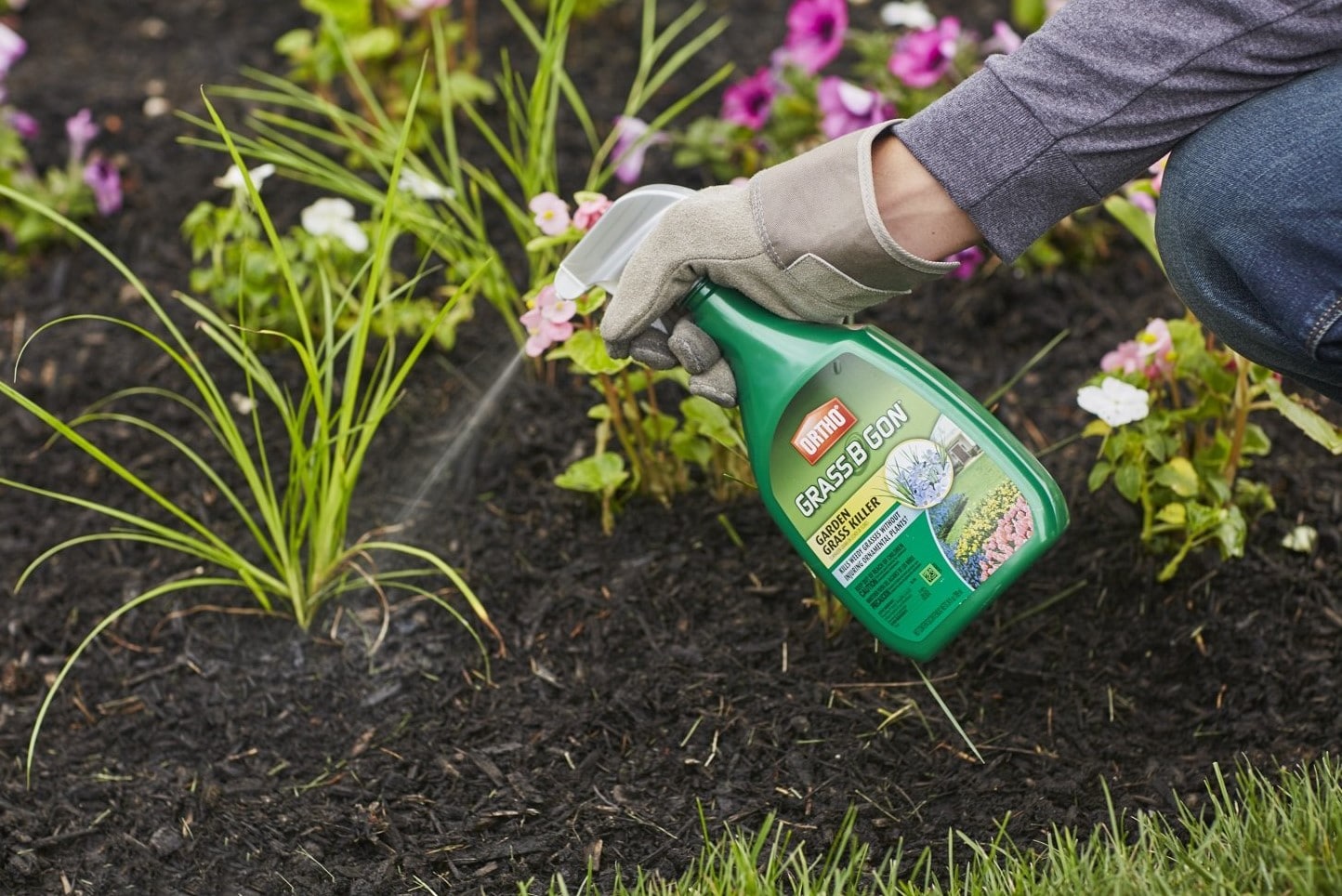
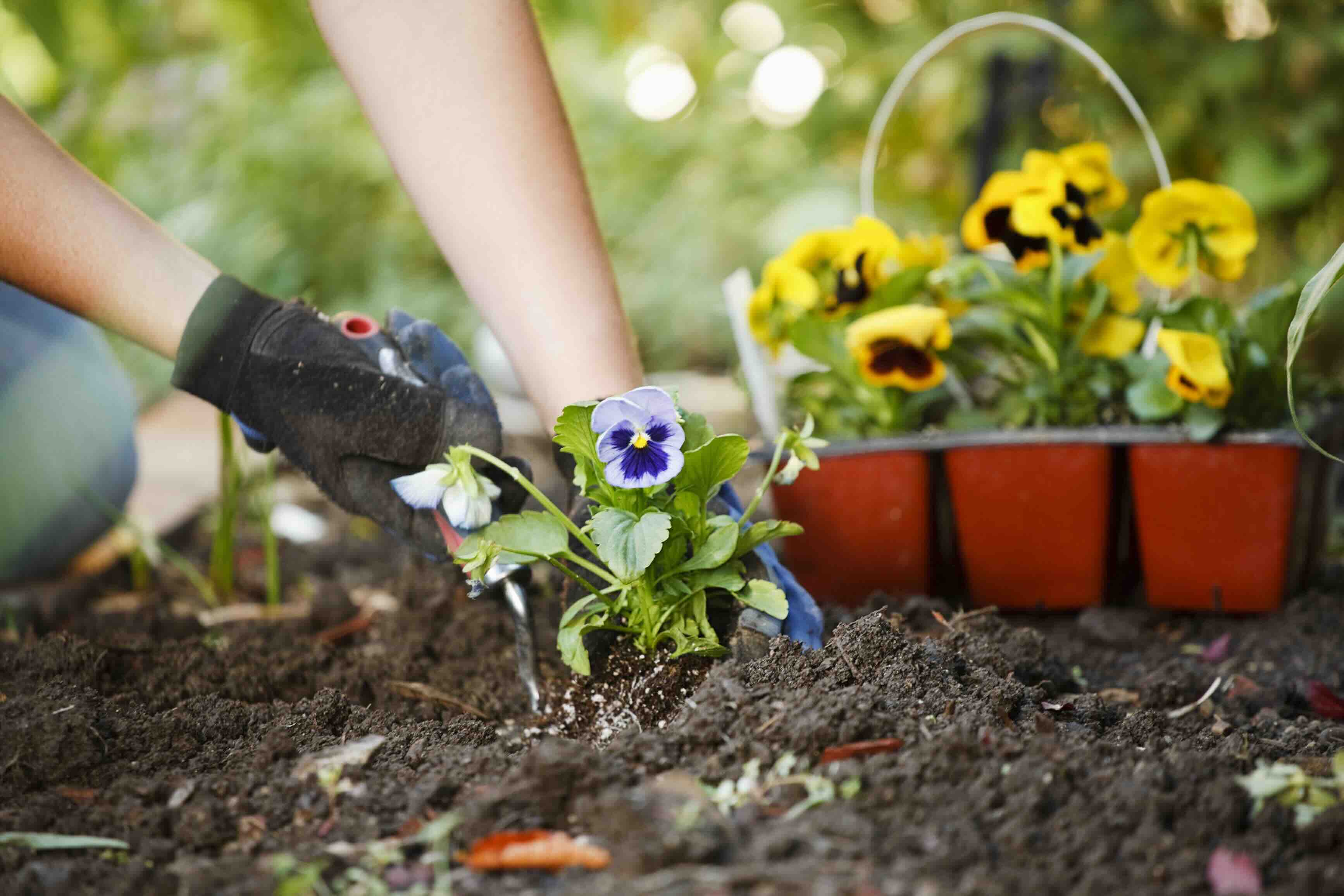

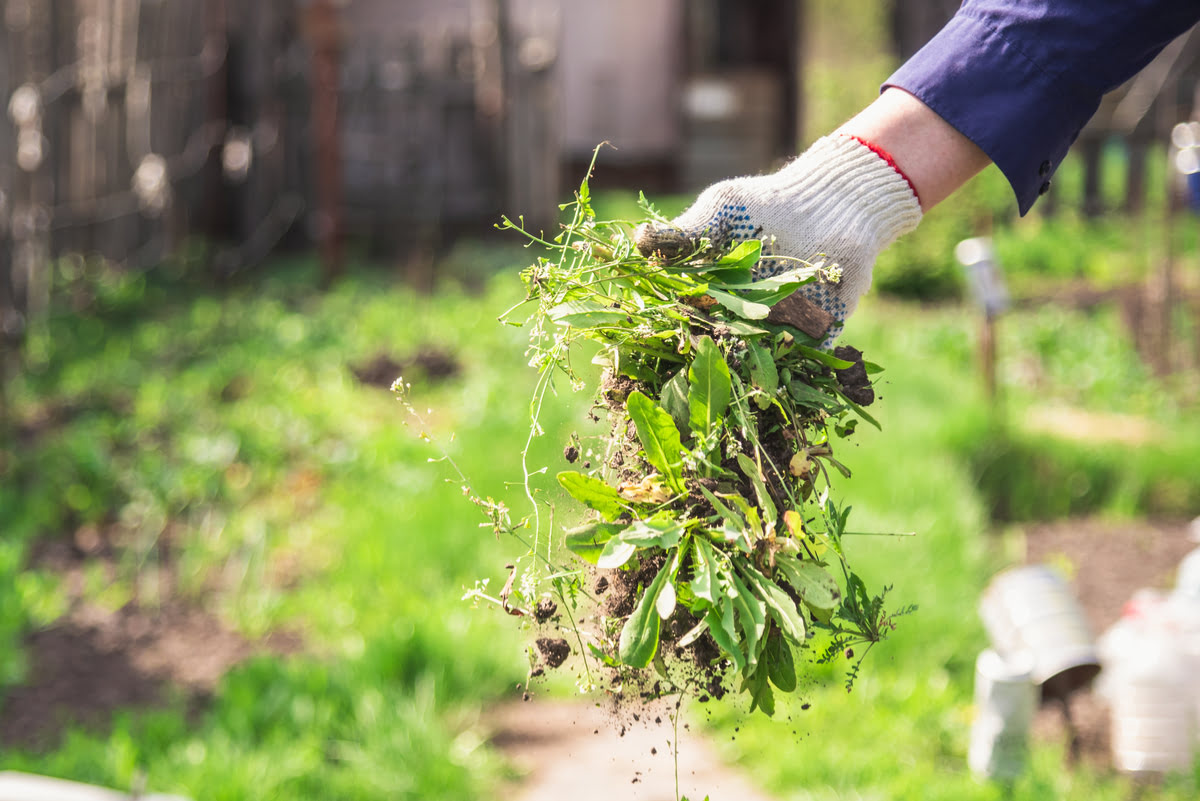
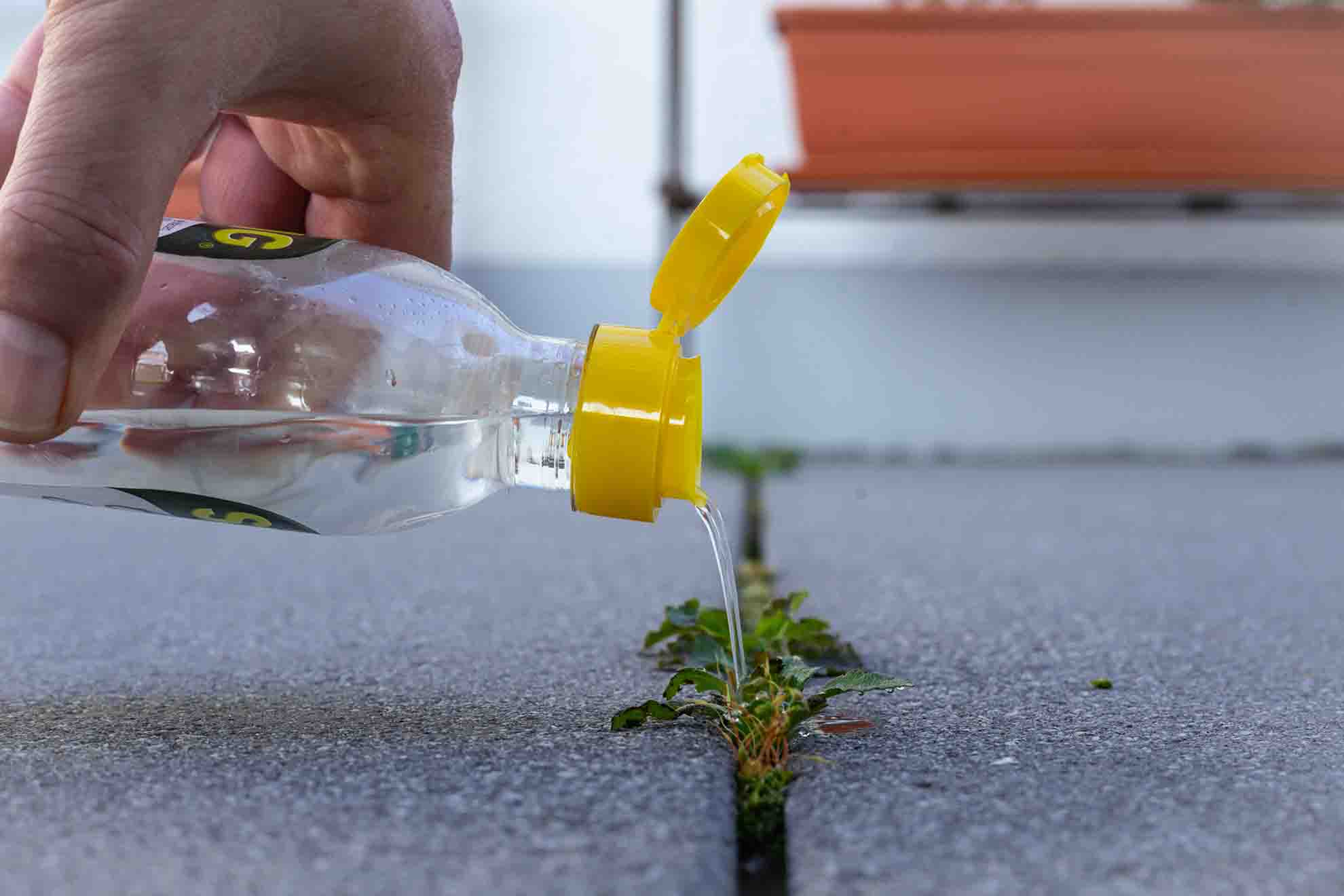
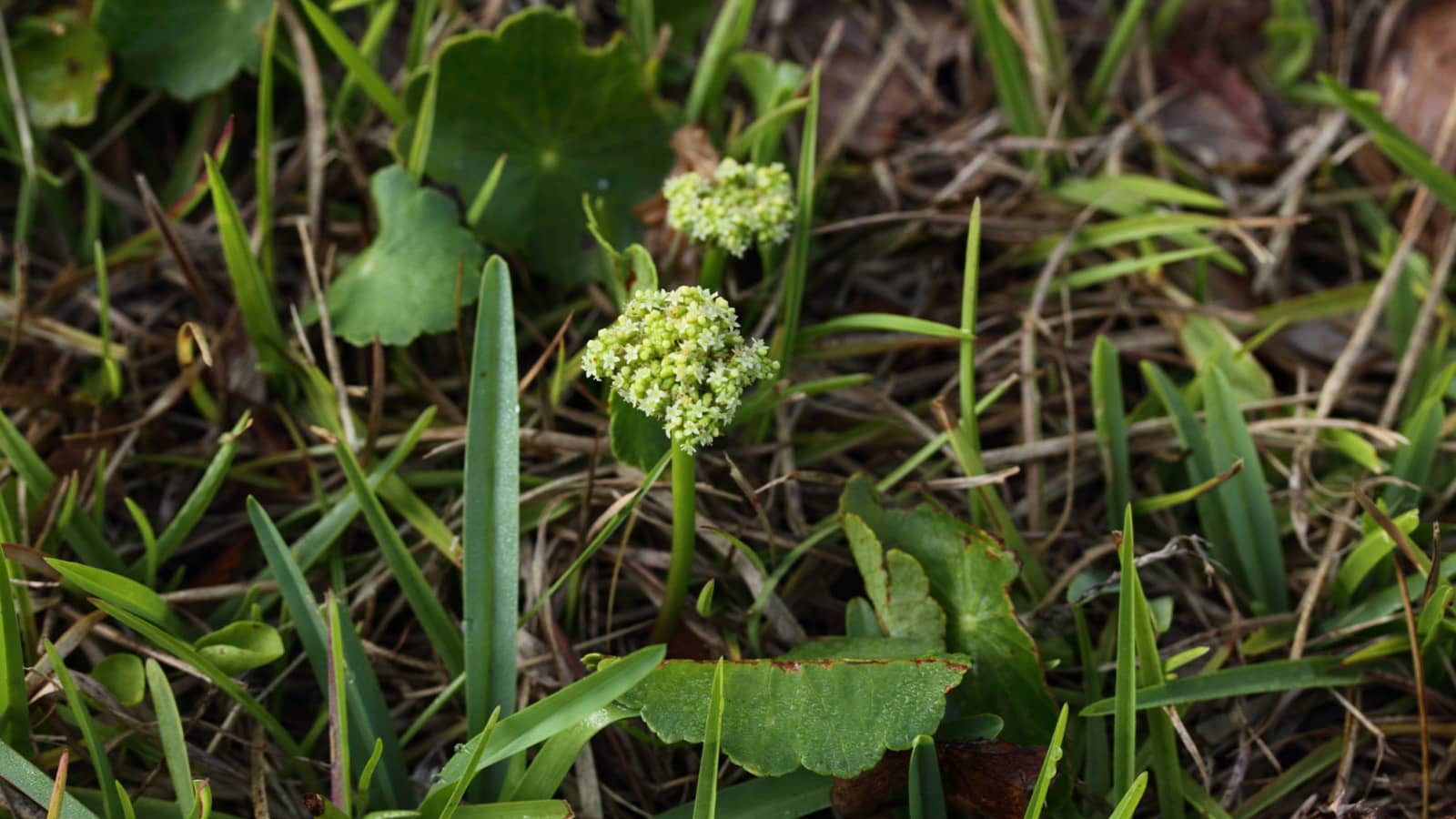
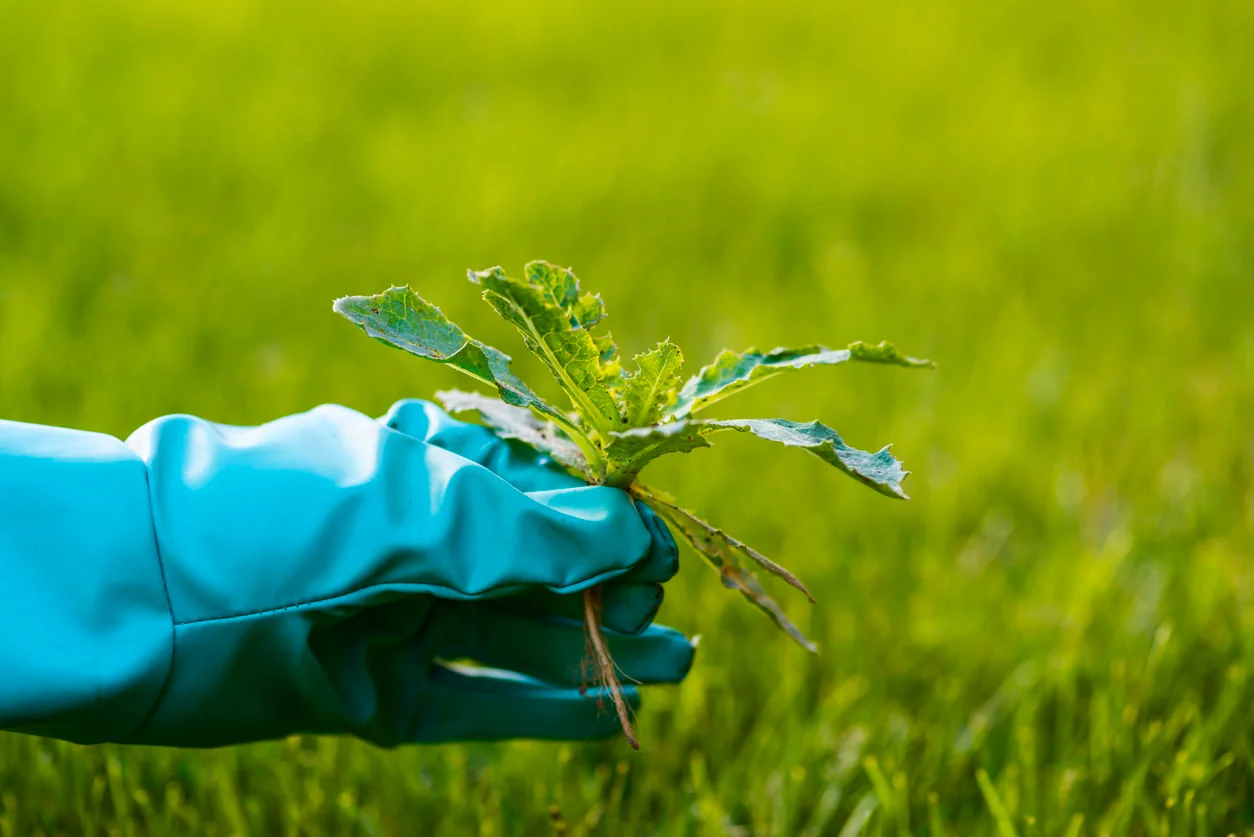
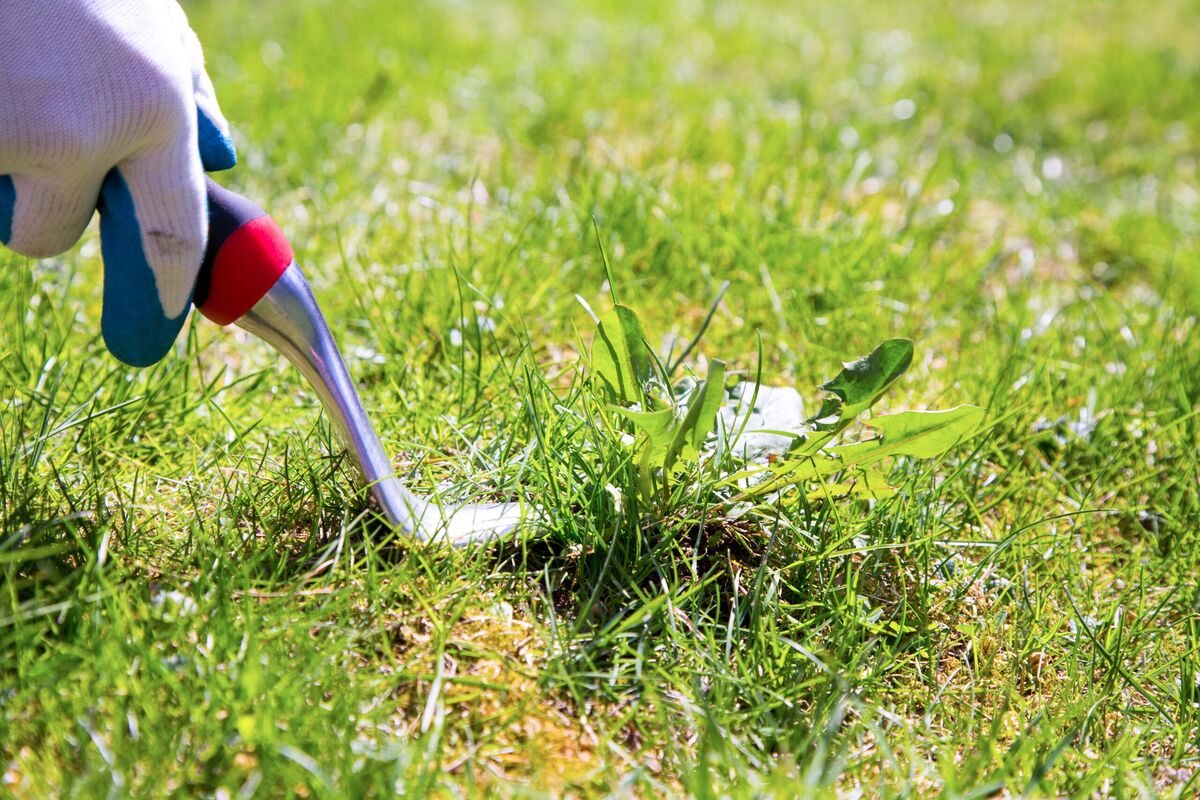
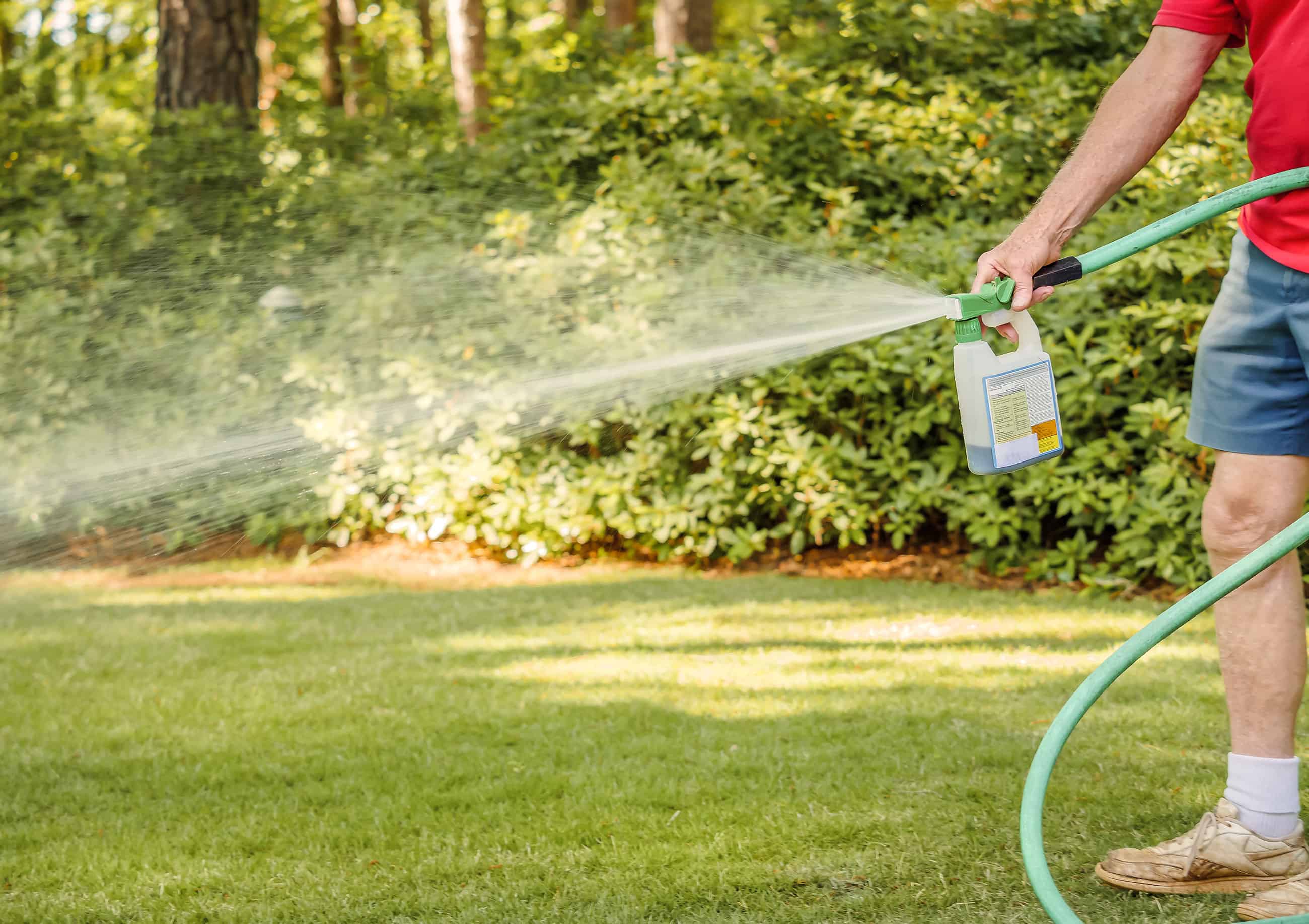
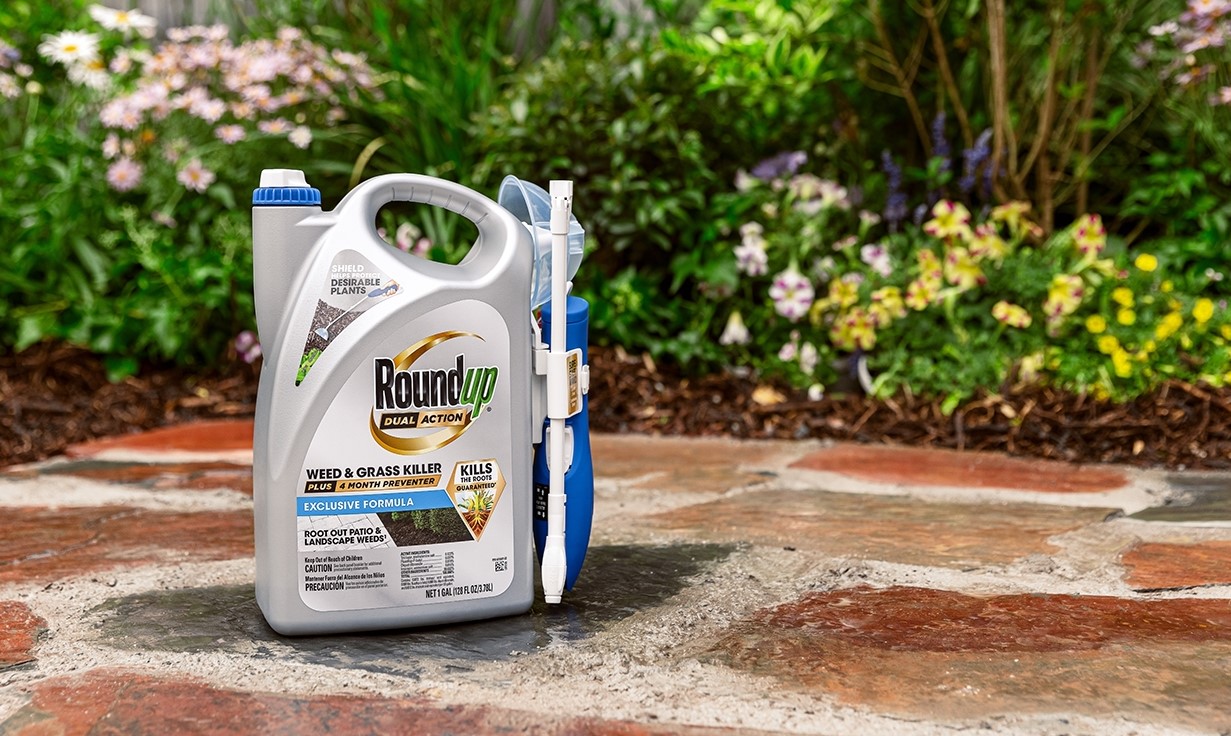
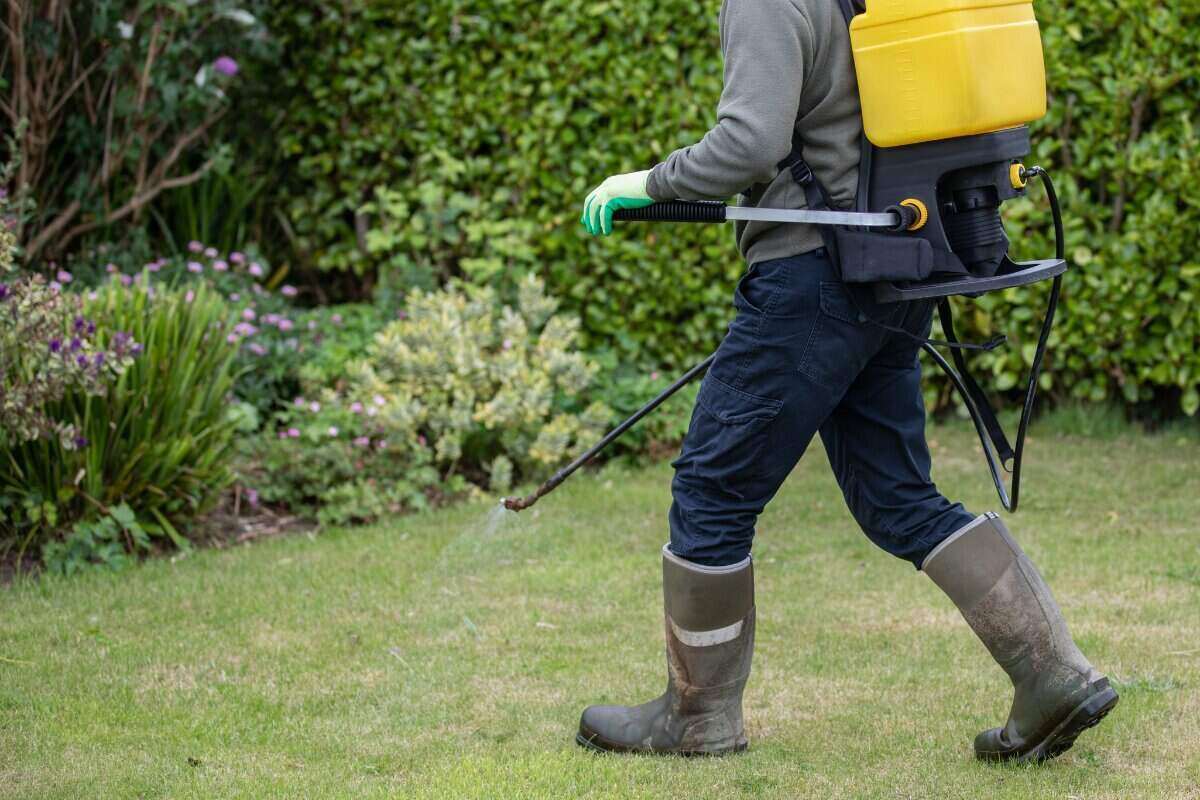

0 thoughts on “How To Completely Kill Grass And Weeds”